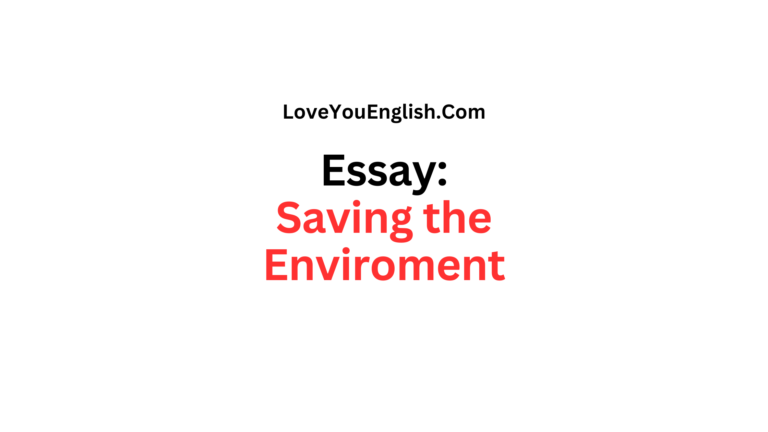Should College Be Free for Everyone?
College education is a topic that many people have strong opinions about. Some countries already offer free college to their citizens, while others, like the United States, typically charge tuition fees that can be quite expensive. The question of whether college should be free for everyone is complex, with good arguments on both sides.
Let’s explore this issue by looking at the potential benefits and challenges of making college free for all.
Benefits of Free College Education
One of the strongest arguments for free college is that it creates equal opportunities for everyone. When college costs thousands of dollars per year, many talented students from lower-income families simply can’t afford to attend. Free college would remove this financial barrier, allowing students to pursue higher education based on their abilities and interests rather than their financial situation.
Reduced Student Debt
Student loan debt has become a major problem in countries like the United States. Many college graduates start their adult lives owing tens of thousands of dollars, which can take decades to pay off. This debt can delay major life decisions like buying a home, starting a family, or pursuing lower-paying but meaningful careers. Free college would eliminate this burden for future generations.
Economic Benefits
A more educated workforce can lead to economic growth. When more people have college degrees, they often earn higher salaries, which means they pay more in taxes and spend more money in their communities. They may also start new businesses and create jobs for others. Countries with highly educated populations tend to be more innovative and competitive in the global economy.
Social Benefits
College education isn’t just about getting a job. It helps people develop critical thinking skills, expand their worldview, and become more engaged citizens. When more people have access to higher education, society as a whole benefits from having a more informed and thoughtful population that can participate meaningfully in democracy and civic life.
Challenges and Concerns
Cost to Taxpayers
Perhaps the biggest challenge to free college is the cost. Someone has to pay for professors’ salaries, campus buildings, equipment, and all the other expenses of running a college. If students don’t pay tuition, then the money typically comes from taxes. This means higher taxes for everyone, including people who don’t attend college themselves. Some people feel this isn’t fair.
Quality Concerns
Some worry that making college free might reduce its quality. If colleges receive a set amount of funding from the government rather than competing for students who pay tuition, they might have less incentive to improve their programs or facilities. There’s also concern that if more people attend college, there might not be enough resources to maintain high standards.
Value of a Degree
If everyone has a college degree, does it become less valuable? Some argue that making college free and more accessible could lead to “degree inflation,” where employers start requiring advanced degrees for jobs that once required only a bachelor’s degree. This could potentially create a new form of inequality.
Alternative Paths
Not everyone wants or needs to go to college to have a successful career. Many well-paying and fulfilling jobs require technical training or apprenticeships rather than four-year degrees. Some argue that instead of making college free for everyone, we should invest more in alternative education paths and ensure they receive equal respect and funding.
Middle Ground Approaches
Many people support compromises between completely free college and the current high-cost system. Here are some alternative approaches:
Income-Based Free College
One approach is to make college free only for students from families below a certain income level. This targets assistance to those who need it most while still requiring payment from those who can afford it.
First Two Years Free
Another option is to make community colleges or the first two years of college free for everyone. This gives all students a chance to start higher education without debt and then decide if they want to continue.
Reduced Tuition
Rather than making college completely free, governments could subsidize it more heavily to keep costs low for students. Some countries have very low tuition fees that most students can afford without taking on significant debt.
Service Programs
Programs like AmeriCorps in the US or military service can provide education benefits in exchange for public service. This approach ties educational benefits to contributions to society.
Looking at Other Countries
Many countries have different approaches to college funding that we can learn from:
Nordic Model
Countries like Norway, Sweden, and Finland offer free college education to their citizens and sometimes even to international students. They pay for this through relatively high taxes, but their citizens generally support this system as part of their social welfare approach.
Germany
Germany eliminated tuition fees for undergraduate students at public universities in 2014. They view higher education as an investment in their future workforce and economic competitiveness.
Australia
Australia has an interesting system where students don’t pay upfront but repay their education costs later through the tax system once they earn above a certain income level. This ensures education is accessible but also that graduates contribute back once they benefit financially from their degrees.
Conclusion
The question of whether college should be free isn’t simple. It involves balancing values like equal opportunity against practical concerns about costs and quality. It also raises deeper questions about what kind of society we want to be and how we value different types of education and career paths.
What seems clear is that the current system in countries like the United States—where many students graduate with crushing debt—is problematic. Whether the solution is completely free college or some other approach that makes higher education more affordable and accessible, most people agree that changes are needed.
As students thinking about your own futures, this debate directly affects you. The decisions society makes about college funding will shape your opportunities and those of future generations. By understanding the different perspectives on this issue, you can form your own informed opinions and perhaps even help create better solutions.
The best approach might be different for each country based on its economic situation, tax system, and cultural values. What’s most important is that we work toward a system where anyone with the ability and desire to learn has the opportunity to do so, regardless of their financial circumstances.








